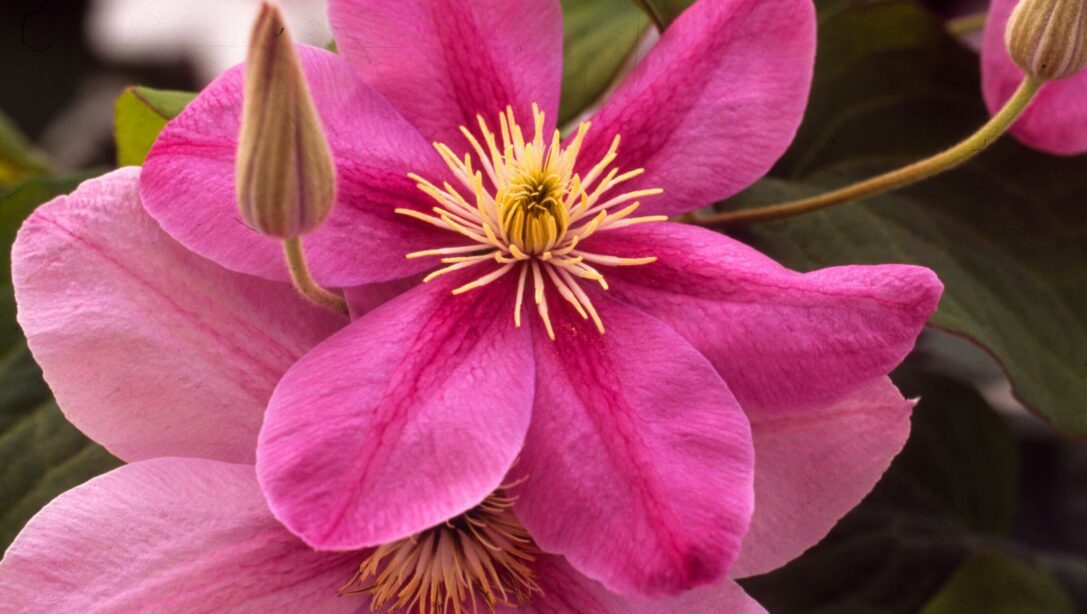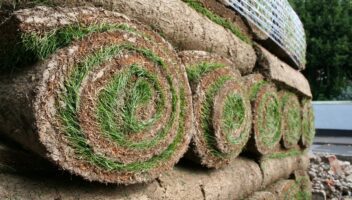It is tempting when planting a new garden or border, to visit the garden centre and, rather like a child in a sweet shop, pick one of everything that catches your eye. Not that there is anything wrong with this approach – plants and gardens are pretty forgiving in terms of what colour goes with what and you can certainly achieve a “riot of colour” by planting Clematis are popular for their climbing capabilities, as well as the mass of beautiful flowers that they produce in a variety of stunning colours and form. Due to their versatility, they are a common flower chosen to feature in many gardens across the UK. For these reasons, we find that our customers are always looking for the know-how on the way to prune them, so we are excited to share our knowledge for you to use when it comes these wonderful flowers.
When Should Clematis Be Cut Back?
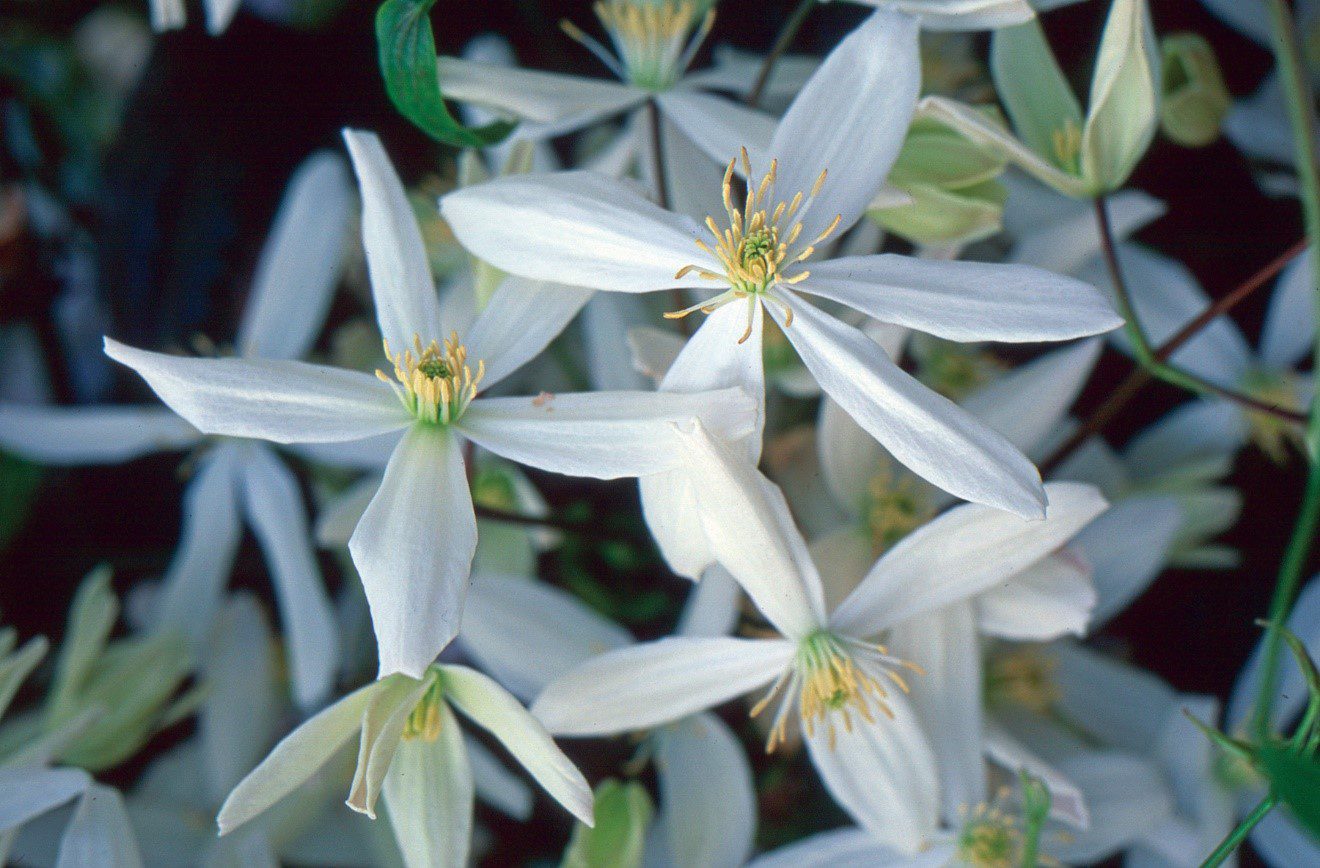
A consistent pruning of Clematis helps to keep the growth healthy and encourages strong development.
Clematis is divided into three main pruning groups to ensure that they are pruned at suitable times for best results:
- Pruning Group 1 – mid-late spring
- Pruning Group 2 – February and then again in early summer
- Pruning Group 3 – February
Hillier top tip: Prune after frost has past and after flower for the best results.
Different Pruning Groups Explained
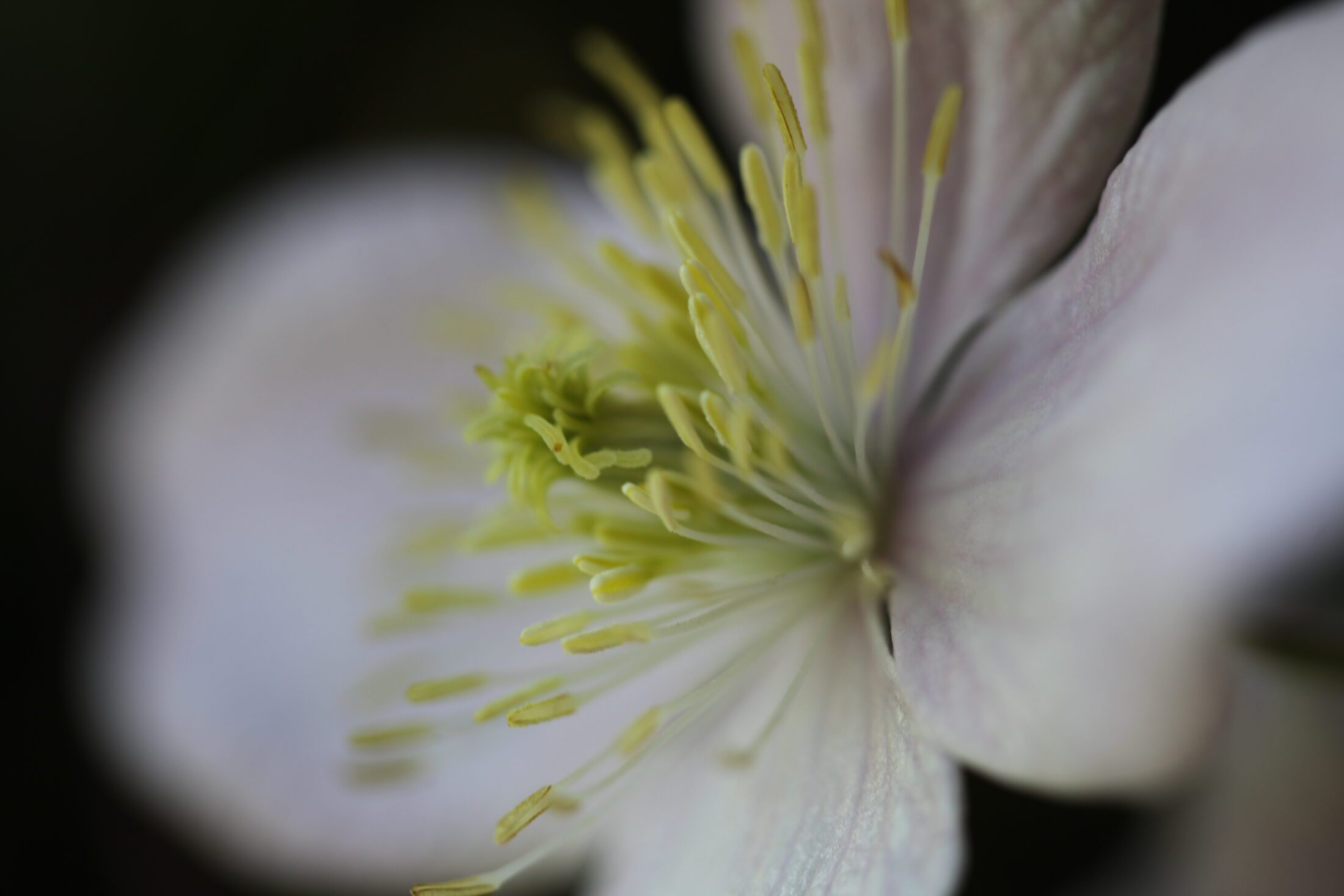
Green is a key colour in the garden of course – it is the complementary colour to red and pairing bright red flowers.
- Pruning group 1
This group covers Clematis that will bloom early in the year and produce flowers upon the shoots of the previous season.
- Pruning group 2
This group covers Clematis that flower between May and June (usually those with larger flowers) and will sometimes flower again in the later summer months. These Clematis tend to flower upon short shoots from the previous season.
- Pruning group 3
This group covers Clematis that flower between the middle and end of summer upon the plant of the current season’s growth.
What Happens If You Don’t Prune Clematis?
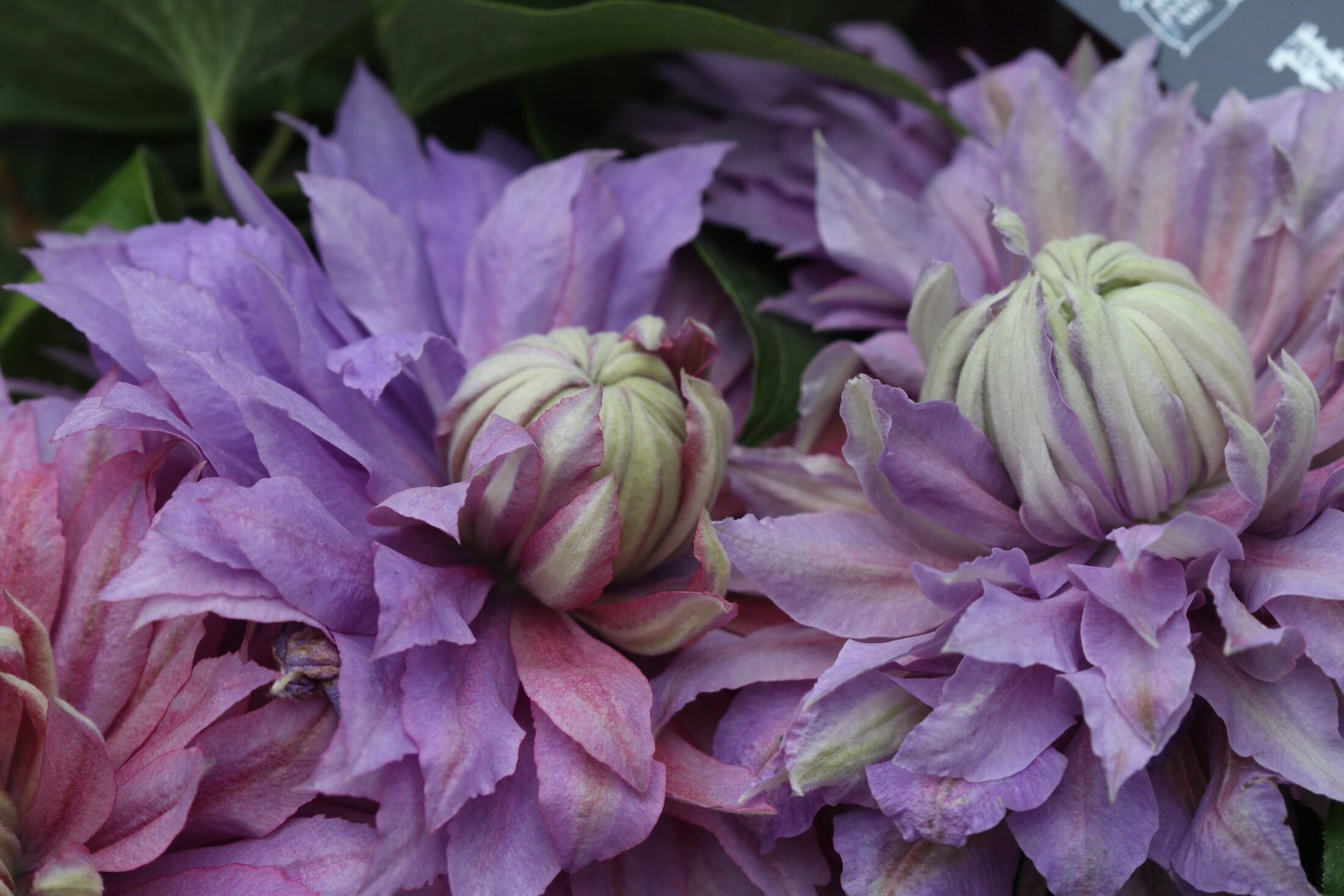
The way that Clematis climb make them an attractive focal point for the majority of gardens. However, because of this, they need to be maintained so not to grow messily and out of control. If Clematis are not pruned, the stems can become tangled and the flowers grow too high to be seen at eye-level, therefore losing their beautiful impact of blooms. You will also find, if you don’t prune Clematis, that the base will become bare and void of any focal point you may have once noticed.
How To Prune Clematis
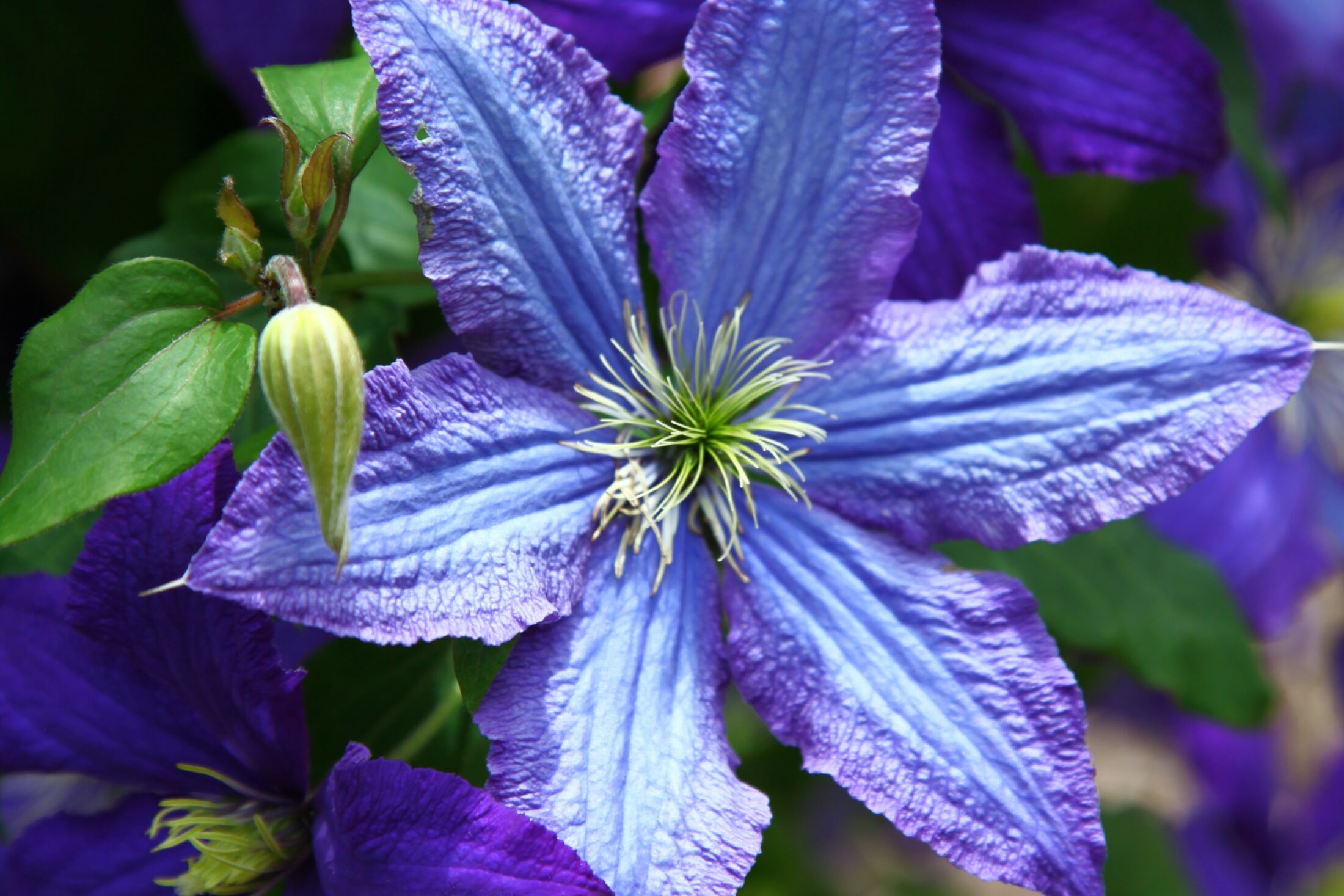
The following are a simple guidance in the best way to prune your Clematis as specified by their pruning groups:
- Pruning group 1
This group only requires the removal of the declining flowers/winter-damaged shoots and not regular pruning. You may find that after a few years you wish to cut back the plant to thin it out. In this case, you can cut the plant back to 15cm above the base. Do so after flowering and do not repeat for the next three years and it can heavily impact flowering. Apply a fertiliser, mulch and water in dryer months to help provide nutrients and promote healthy growth.
- Pruning group 2
As soon as flowering is complete, cut back the flowers to a large growth bud immediately below the wilted flower. Remove dead or weakened stems and always prune just above a healthy bud. Do not prune heavy as flowers will not flourish as well.
- Pruning group 3
It is very important to keep on top of the pruning of Clematis group 3 as, if not, the plant will continue growing in a tangled formation with flowers above eye-level. This group needs heavy pruning to the lowest bud level around an inch from the base – this will ensure it does not become top-heavy and the flowers will appear on the new season’s growth.
How Do You Prepare A Clematis For Winter?
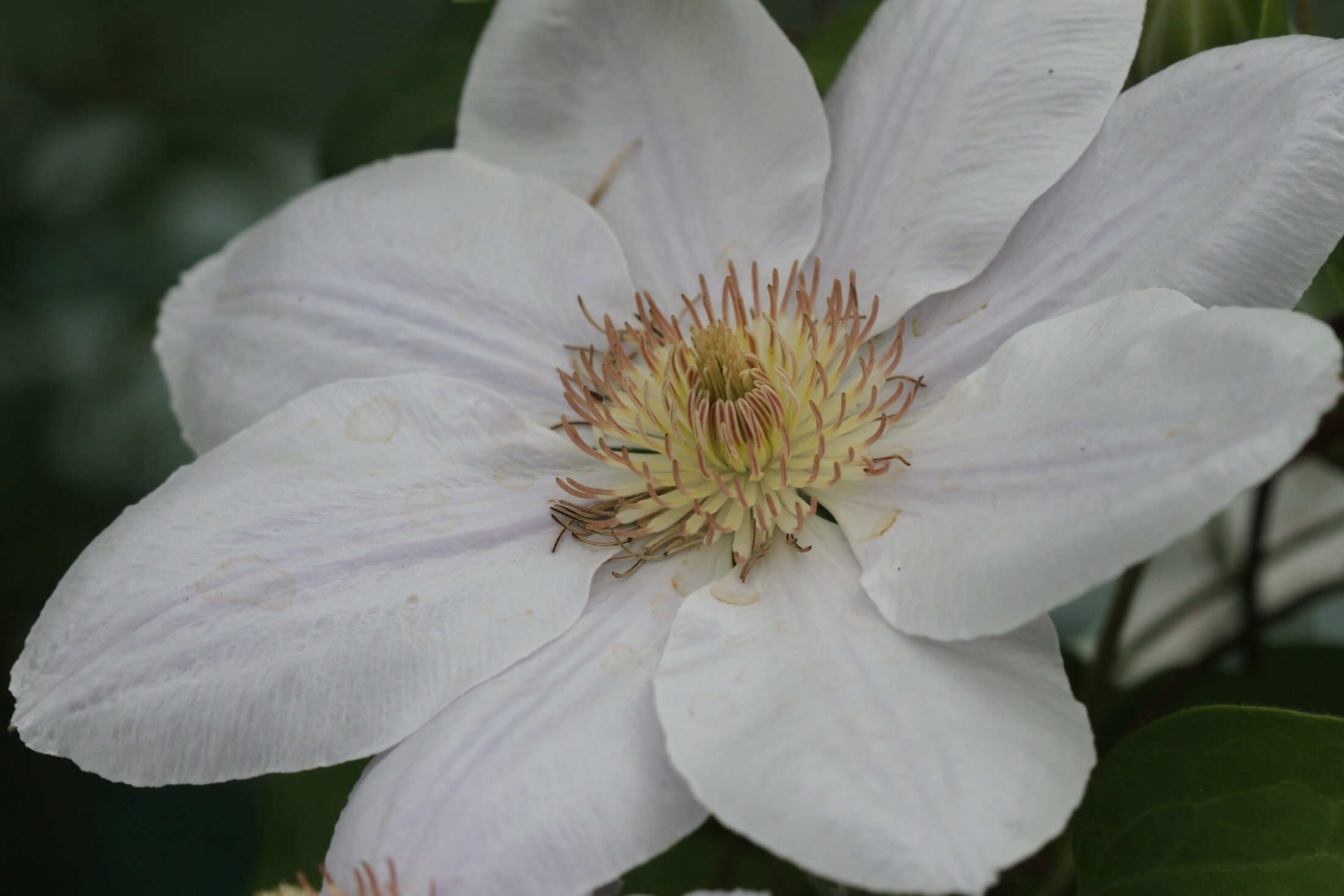
It is important to care for your Clematis in preparation for the winter months. Deadhead the plants using sharp, clean secateurs where the flowers meet the stem for best results. Place mulch around the base of the plant during the summer – Clematis like their heads in the sun and the roots in the shade and it will also help it survive the winter frosts.


